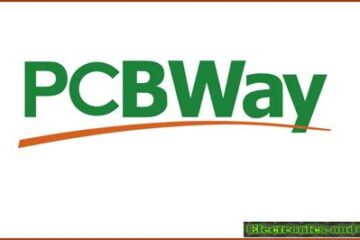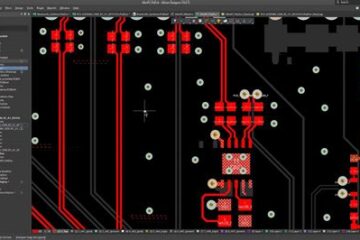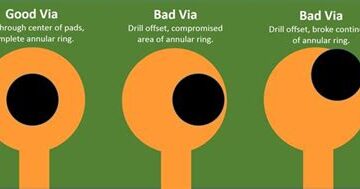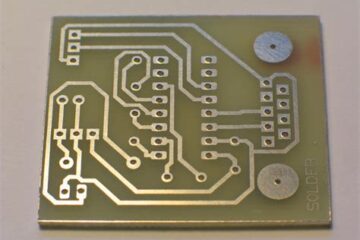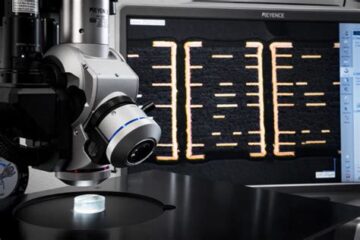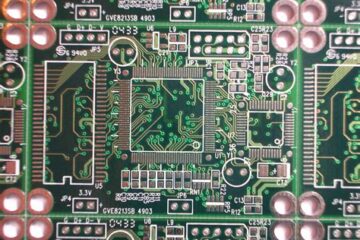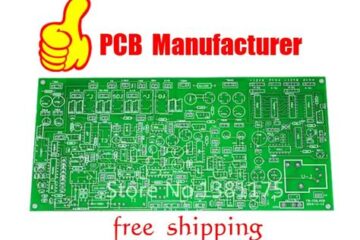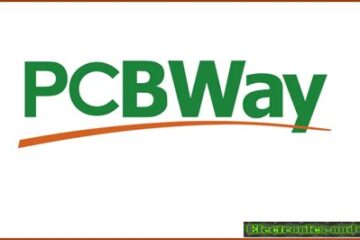PCBA
6 Layers PCB Manufacturers
Introduction to 6 Layers PCB A 6 layers PCB, also known as a multilayer PCB, is a printed circuit board that consists of six conductive copper layers laminated together with insulating material. These layers are interconnected through plated holes called vias, which allow electrical signals to pass between the layers. Read more…
